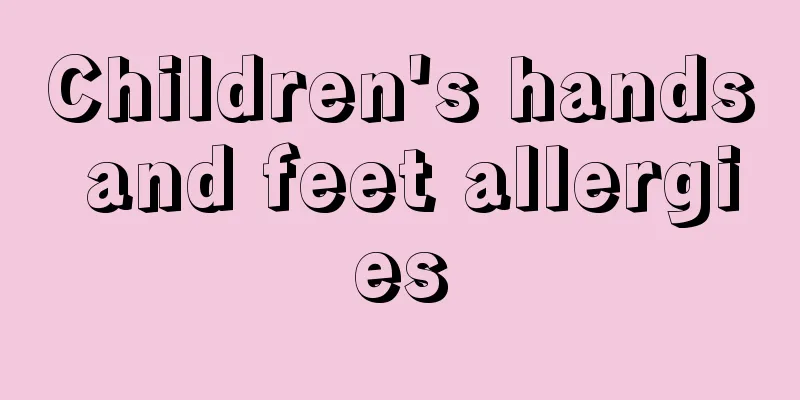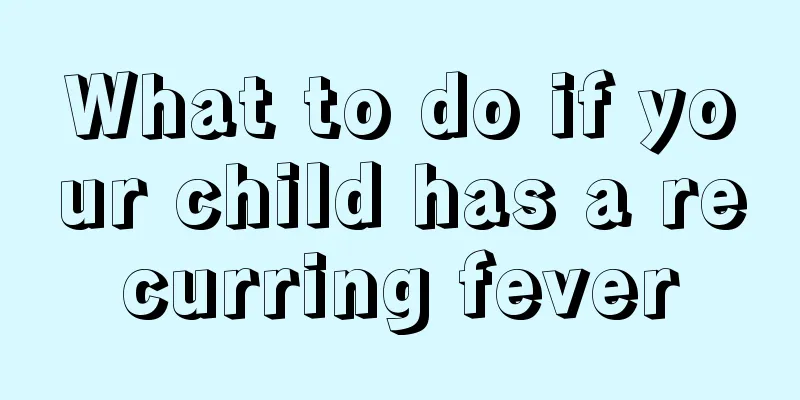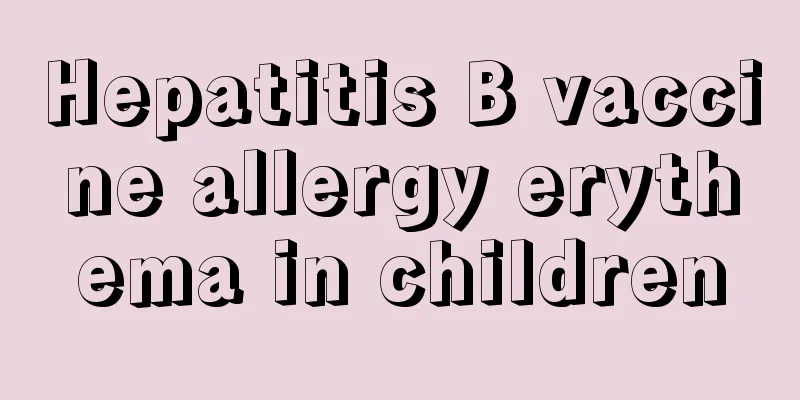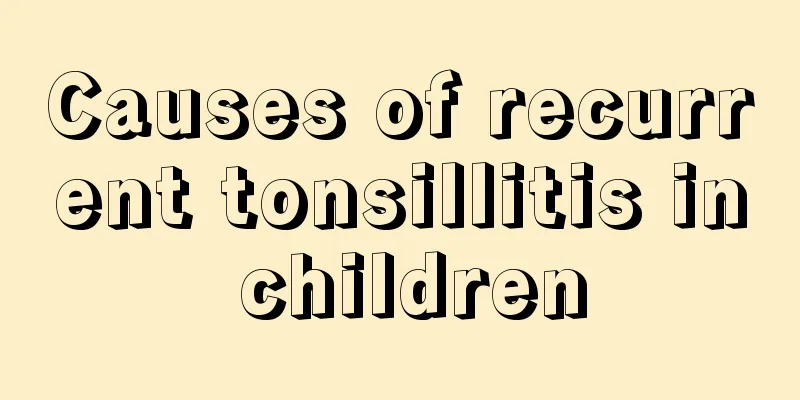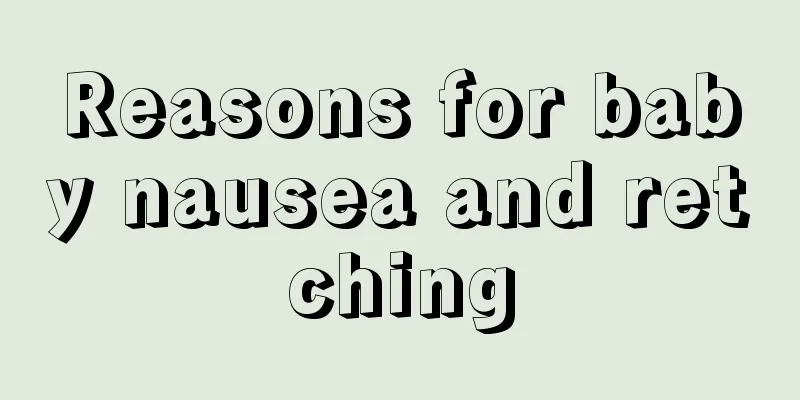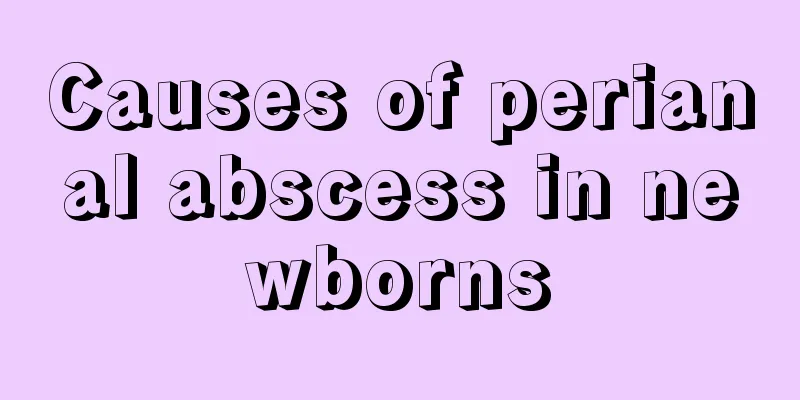What are complicated febrile seizures in children?

|
The health of children in the family may directly affect the harmony of the entire family. Why do we say that? The main reason is that some couples have certain differences in the treatment of their children's illnesses, but both parties' subjective desire is to help their children with treatment. After all, they do not have some correct medical knowledge, and as a result, sometimes the children's treatment is delayed. For example, complex febrile seizures in children are a common disease in clinical practice. So what kind of disease is this disease? Typical febrile seizures are also called simple (or simple) febrile seizures, and atypical febrile seizures are also called complex febrile seizures. Children with febrile convulsions whose age of onset, fever degree, convulsion time, and convulsion form do not have the characteristics of simple febrile convulsions can be considered to have complex febrile convulsions. The age of onset of complex febrile seizures is usually less than 6 months or greater than 6 years. Generalized convulsions usually last for more than 15 minutes. Convulsions may also occur during low fever. The seizures may be partial or generalized. Convulsions may occur more than once during the same disease course (or within 24 hours). After a seizure, there may be abnormal neurological signs such as transient paralysis syndrome. EEG may still show abnormalities 1 to 2 weeks after the fever subsides, and the prognosis is worse than that of simple febrile seizures, especially for children with a family history of epilepsy or those with organic brain lesions before the first febrile seizure, who are more likely to develop epilepsy. Medication principles 1. Intravenous diazepam is the first choice. After controlling convulsions, sodium phenobarbital or other drugs are used to consolidate and maintain the therapeutic effect. Diazepam has side effects of suppressing breathing, heart rate and lowering blood pressure, so cardiopulmonary resuscitation measures should be prepared. 2. Amobarbital sodium or thiopental sodium should be used only when the above anticonvulsant drugs are ineffective. Thiopental sodium can cause laryngeal spasm. Do not move the head when using it to prevent laryngeal spasm. Once laryngeal spasm occurs, the head should be tilted back, the lower jaw should be lifted to prevent the root of the tongue from falling back, and atropine should be injected intramuscularly to relieve spasms. 3. When convulsions persist and intracranial hypertension occurs, measures to reduce intracranial pressure such as 20% mannitol and furosemide should be used. 4. For patients with high fever, physical cooling and/or drug cooling should be performed. 5. Give appropriate etiological treatment to convulsions of different causes. |
>>: What to do if your child has measles and fever
Recommend
There is a lump on my child’s neck. What should I do and how should I treat it?
Recently, some parents consulted me about the pim...
Why does the baby's tongue coating become thick and white?
I believe that the birth of a baby in a family wi...
What causes intussusception in children?
Many parents will find that their children’s diet...
There are some small bumps on the child's forehead
Children are the treasures of every family. With ...
What to do if your child has poor expressive ability
We all know that a person's language expressi...
What to do if the baby has red spots on his face
Taking care of a baby is something that requires ...
What can a 2-year-old child eat to cure his cough quickly?
A two-year-old child does not have proper protect...
Baby's cold clear nasal discharge turns yellow
The most distressing thing for a family is when t...
Why does a nine-month-old baby bite people?
As babies grow older, they will also have emotion...
How to regulate dampness and heat in the baby's body
We all know that with the arrival of spring, the ...
13 Little girl has a lump in her breast
Many women usually pay great attention to breast ...
Why does the newborn's stool have a sour smell?
We all know that taking care of the baby requires...
When is the best time for children to take intestinal worm clearing?
Now we eat better and better. Not only is the nut...
How long does it take for a baby to swim?
In our impression, it seems incredible for babies...
Three-year-old baby oral herpes
A three-year-old baby develops oral herpes, which...
